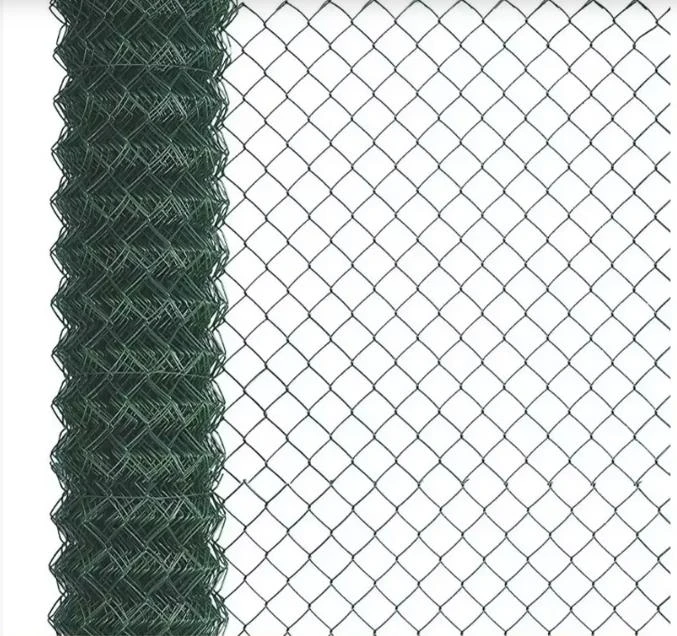-
 Phone:
Phone: -
 Email:
Email:

how to prevent rock falls
How to Prevent Rock Falls Strategies for Safety in Mountainous Areas
Rockfalls are a significant hazard in mountainous and rocky regions worldwide, posing risks to both human life and infrastructure. These events can occur suddenly and without warning, leading to catastrophic consequences. To mitigate the risks associated with rock falls, it is essential to understand their causes and implement effective prevention strategies. This article will explore several methods to enhance safety in areas susceptible to rockfalls.
Understanding Rock Falls
Rockfalls occur when rocks or boulders detach from a steep slope or cliff and fall due to gravity. Factors contributing to rockfalls can include weathering, erosion, seismic activity, freeze-thaw cycles, and human activities such as construction or mining. Understanding these factors is crucial for developing prevention strategies.
1. Geological Assessments
One of the first steps in preventing rock falls is conducting thorough geological assessments of the area. This involves analyzing the stability of slopes and identifying any weaknesses or potential failings in the rock formation. Professional geologists can perform site assessments where they evaluate the composition of the rock, the angle of the slope, and any signs of previous rockfalls or landslides. Based on these assessments, land use can be better planned, and appropriate precautionary measures can be implemented.
2. Engineering Solutions
In areas where rock falls are highly probable, engineering solutions are often necessary. These can include
- Rock Bolting This method involves drilling holes into the rock and inserting steel bolts to secure rock masses. This is especially effective in stabilizing loose rocks.
- Retaining Walls Constructing retaining walls can help support steep slopes and prevent smaller rock pieces from falling
.- Catch Fences These are barriers installed along the base of cliffs or slopes designed to catch falling rocks before they reach the road or populated areas.
how to prevent rock falls

- Shotcrete Application Applying a thin layer of concrete (shotcrete) can help hold together loose rock and provide a more stable surface.
3. Vegetation and Natural Barriers
Utilizing vegetation can also play a significant role in rockfall prevention. Plants can help stabilize soil and rock with their root systems, reducing erosion and preventing rocks from dislodging. In many cases, planting native trees, shrubs, and grasses on slopes not only enhances the landscape but also acts as a natural barrier against rockfalls.
Furthermore, building terraces or creating natural barriers using boulders, logs, or larger plants can reduce the velocity of falling rocks, giving them less momentum upon impact.
4. Warning Systems and Monitoring
Implementing warning systems in high-risk areas is critical for minimizing human risk. Installing surveillance cameras, motion sensors, and seismic monitors can help detect any impending rockfall activity. Regular monitoring and maintenance of roads and pathways in these regions also ensure that potential hazards are addressed swiftly.
Additionally, public awareness campaigns can educate local communities about rockfall hazards and safety measures. This can include signage indicating risky areas, informing residents about safe evacuation routes, and conducting drills to prepare for potential rockfall emergencies.
5. Sustainable Land Management
Promoting sustainable land management practices is vital for long-term rockfall prevention. This involves regulating construction activities, controlling deforestation, and minimizing land disturbance in vulnerable areas. Striking a balance between development and environmental preservation can significantly reduce the risk of rockfall incidents.
Conclusion
Preventing rock falls requires a multifaceted approach, combining geological assessments, engineering solutions, natural barriers, advanced warning systems, and sustainable practices. By implementing these strategies, we can greatly reduce the risks associated with rockfalls, protecting both lives and infrastructure. As populations grow and development in mountainous regions continues, prioritizing safety and prevention becomes increasingly essential. Through awareness and proactive measures, we can work toward safer, more resilient communities in rockfall-prone areas.
-
Wire Mesh for Every Need: A Practical SolutionNewsJul.25,2025
-
Steel Fences: Durable, Secure, and Stylish OptionsNewsJul.25,2025
-
Roll Top Fencing: A Smart Solution for Safety and SecurityNewsJul.25,2025
-
Cattle Farm Fencing Solutions for Maximum SecurityNewsJul.25,2025
-
Affordable Iron Binding Wire SolutionsNewsJul.25,2025
-
Affordable Galvanized Wire SolutionsNewsJul.25,2025
-
Wire Hanger Recycling IdeasNewsJul.25,2025








